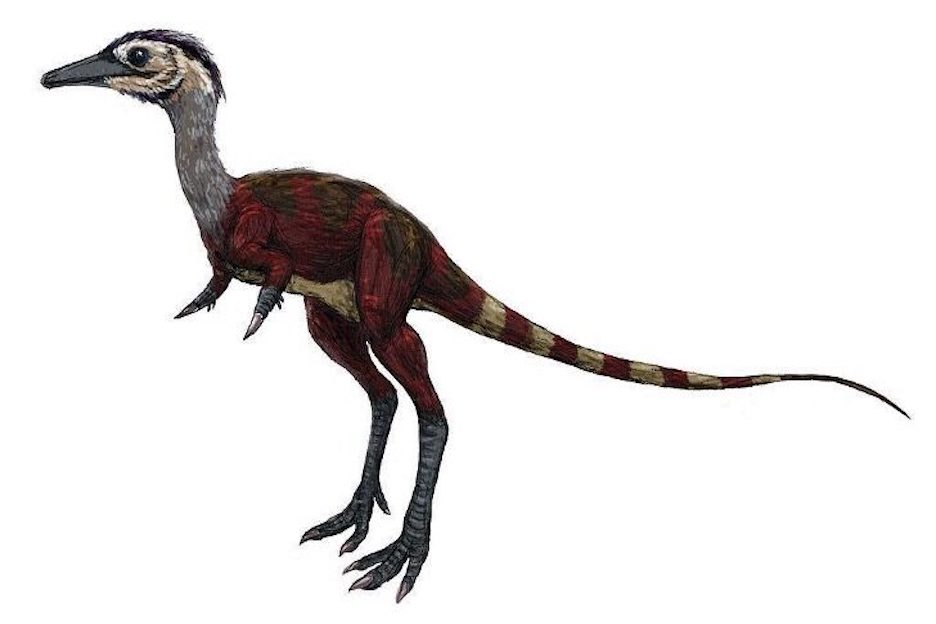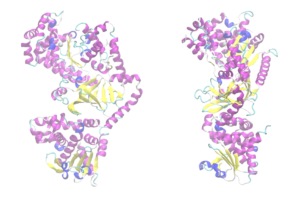
Figure 1: Animated drawing of the extinct theropod Shuvuuia
Source: Wikimedia Commons, Michael B.H
James Neenan, a paleontologist at the University of Oxford, was looking at internal ear within the fossilized remains of an extinct non-avian flesh eating theropod dinosaur, Shuvuuia deserti, or the ‘desert bird’, when he found that it had an unusually long internal ear tube extending into its brain. It was so long that he thought it must be a mistake. Except, it wasn’t.
“It was such a chance discovery that we were kind of struck flat-footed”, said Jonah Choiniere, a professor of comparative paleobiology at the University of the Witwatersrand and lead author of the latest research published in the journal Science (Choiniere et al., 2021).
It quickly became clear that “no diurnal birds have hearing anywhere close to Shuvuuia,” Choiniere told NCJS in an email. It was this chance observation that spurred researchers to do a detailed analysis of this desert theropod.
Shuvuuia were a group of bird-like theropod dinosaurs that lived more than 65-70 million years ago in the Southern Peninsular deserts of Mongolia (Chiappe et al., 1998). Not much larger in size than the smallest dinosaurs ever found, Oculudentavis (10cm long body), shuvuuia dinosaurs were about 60cm long (Metcalfe, 2020). They had powerful hind limbs and short forelimbs, and therefore were quite adept at hunting down insects’ nests. When skeletal Shuvuuia remains were originally discovered, detailed fossil analysis revealed the presence of beta keratin, a protein typically found in birds feathers. So researchers had speculated that Shuvuuia likely possessed a feather coat. Thus, the name: ‘Desert Bird’.
This dinosaur’s senses were very acute. Shuvuuia possessed remarkably large, sensitive eyes, similar to nocturnal birds alive today, which might have aided in catching prey in the dark. Choiniere and team also found that it’s ear tube was comparable to that of a barn owl, a modern bird of prey known for its extremely strong sense of hearing.
The increased hearing adaptation could have helped the theropod to locate and successfully strike at nests in low light. Deserts are exceptionally active places in the evening. Researchers suggest that the scarcity of food in the daytime explains the value of the dinosaur’s exceptional hearing and nocturnal vision. As Choiniere said to me, “You wouldn’t want to lose a chance at catching dinner in such a challenging environment.”
References
Chiappe, L.M., Norell, M. A., and Clark, J. M. (1998). “The skull of a relative of the stem-group bird Mononykus.” Nature, 392(6673): 275-278
Jonah N. Choiniere, James M. Neenan, Lars Schmitz, David P. Ford, Kimberley E.J. Chapelle, Amy M. Balanoff, Justin S. Sipla , Justin A. Georgi, Stig A. Walsh, Mark A. Norell, Xing Xu, James M. Clark, Roger B. J. Benson (2021). “Evolution of vision and hearing modalities in theropod dinosaurs.” Science, Vol. 372, Issue 6542, pp. 610-613, 10.1126/science.abe7941
Metcalfe, Tom. (2020). “The smallest dinosaur ever found was a weird, primitive bird, researchers say.” NBC News
Related Posts
COVID-19 Clinical Trials and Racial Disproportionality
Figure 1: A doctor drawing blood from a patient as...
Read MoreStudy Finds Anthrax Toxin as Possible Substitute for Painkillers
Figure: A computer representation of the anthrax toxin protein (Source:...
Read MoreOverview, History, Essential Concepts, and Current Topics in Transplant Immunology
First Author: Anahita Kodali1 Co-Authors: Vaishavi Agrawal2, Vivek Babu3, Sakeena...
Read MoreSaugat Bolakhe



